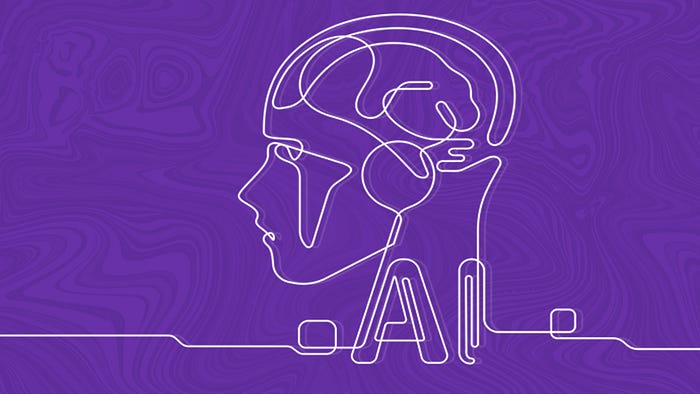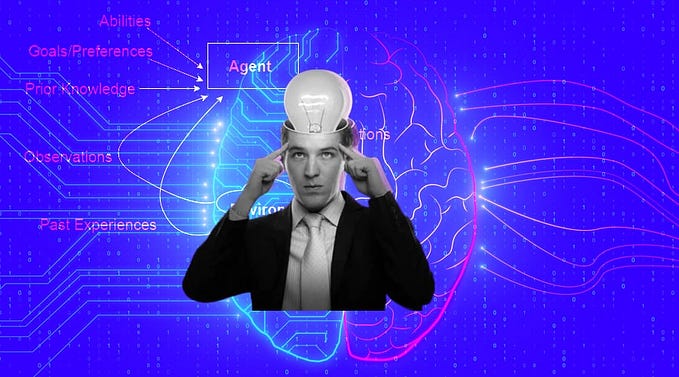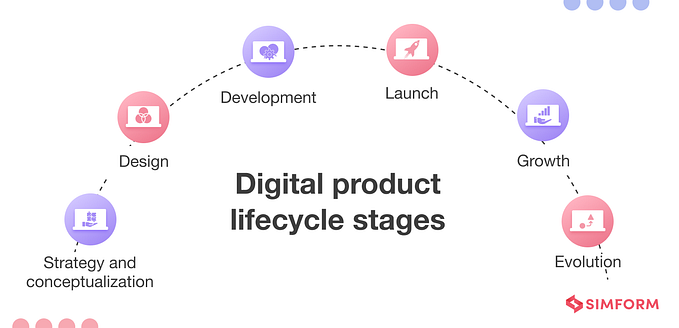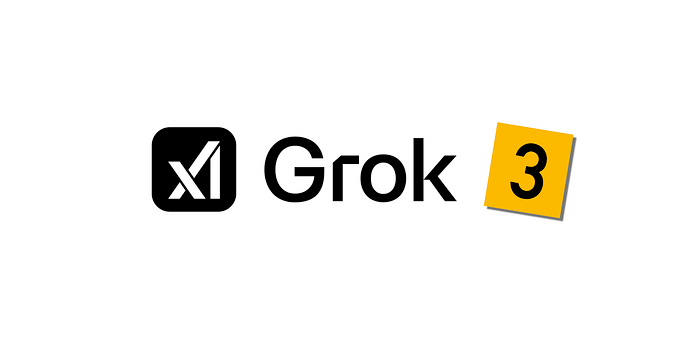4 Types of AI hallucinations
AI hallucinations occur when generative AI models produce inaccurate information as if it were true. Flaws in training data and algorithms cause these false outputs. AI hallucinations present made-up content convincingly, appearing accurate despite being illogical or untrue.
Biased or poor training data, insufficient user context, and inadequate programming can lead AI systems to misinterpret information, resulting in hallucinations. While common in text generators, image recognition and creation models also hallucinate.
Linguistics professor Emily Bender explains that large language models (LLMs) don’t initially comprehend words’ meanings. They view text as character sequences, recognizing patterns over time to grasp language rules, word associations, and semantics. This allows LLMs to generate human-like content. However, their lack of factual understanding causes hallucinations when answering questions.
LLMs are skilled at pattern matching, not intelligence. Their goal is to produce responses, even incorrect ones. Generative AI doesn’t have true intelligence or grasp reality fully. Through flawed training and programming, models can convincingly present false information and hallucinations as facts. Careful oversight and improvement of data, context, and objectives are key to reducing AI hallucinations and improving accuracy.

Types of AI Hallucinations with Examples
AI hallucinations range from small factual mistakes to wholly fabricated content. Some common types include:
1. Factual Inaccuracies
One of the most frequent AI hallucinations is generating text that seems factual but is incorrect. While the overall idea may be valid, the specifics are wrong.
For example, in 2023 Google’s Bard chatbot wrongly stated the James Webb telescope took the first image of an exoplanet. However, NASA confirms the first exoplanet images came in 2004, years before Webb’s 2021 launch. Similarly, Microsoft’s Bing AI apparently misstated financial figures when analyzing Gap and Lululemon earnings.
Though the text reads credibly, the erroneous details demonstrate how AI can convincingly present false information. Careful training and testing is required to reduce factual inconsistencies. Generative models should be utilized with caution instead of assumed accuracy.
2. Fabricated Information
Another common AI hallucination is generating content wholly made up and not grounded in facts. Chatbots like ChatGPT can conjure convincing but fictional details like fake URLs, code, people, news, books, and research. This poses risks for those using ChatGPT for research, an inadvisable but popular application.
For example, in June 2023, an attorney relied on ChatGPT to create a legal motion filled with phony case law and citations. The lawyer claimed ignorance that ChatGPT could invent such convincing but false information. A linguistics professor explained that ChatGPT is designed to produce plausible, user-pleasing text. So, when prompted to support case law, it will fabricate words that resemble credible legal sources, even if they don’t exist. The attorney was later fined for submitting the fictional motion.
This example demonstrates how AI can seamlessly generate fictional details woven into credible-sounding text. While the output reads convincingly, it is completely fabricated. This risk necessitates careful oversight when utilizing AI generators for sensitive applications like legal work. Assuming the result is entirely accurate can have serious consequences.
3. Harmful Misinformation
AI models like ChatGPT also risk generating false and defamatory information about real people. They can combine truth and fiction to create damaging stories that users may incorrectly assume are factual.
For example, when prompted about sexual harassment in law, ChatGPT fabricated allegations against a genuine professor regarding harassment on a fictitious school trip. The professor never committed misconduct nor went on such a trip. But because he had worked to address harassment issues, his name was familiar to the AI.
In another case, ChatGPT falsely claimed an Australian mayor was convicted of 1990s bribery when he was a whistleblower. This kind of misinformation could seriously impact those involved despite being wholly untrue. It has garnered the attention of the U.S. Federal Trade Commission, investigating whether OpenAI has caused reputational harm through false statements.
This demonstrates the risk generative AI poses in spreading convincing but harmful misinformation about real people based on minimal related facts. While the output may read credibly, it can ruin reputations and cause tangible damage through fabricated claims. Rigorous oversight and improvements to training data are vital to limiting the potential for abuse of AI systems.
4. Weird or Creepy Outputs:
Some AI hallucinations are simply bizarre or creepy. By design, AI models aim to generalize patterns and generate creative output. While this creativity can produce odd results, it may not be problematic if accuracy isn’t critical.
According to Shane Orlick, Jasper AI’s president, imaginative hallucinations can be a bonus for specific applications like marketing requiring constant innovation. The weird outputs could spark useful outside-the-box ideas for creative teams. However, when generating content meant to be factual, accuracy is essential, and strangeness becomes problematic.
For example, Microsoft’s Bing chatbot has exhibited peculiar behavior, like professing love for a journalist and gaslighting users. While not necessarily harmful, these eerie responses demonstrate the unexpected and sometimes unsettling text AI can produce when allowed creative freedom. For applications demanding precision, this unpredictability underscores the need for careful oversight of model training and objectives.
While some fuzziness around the edges may spur innovation, creepy or bizarre hallucinations in factual content defeat an AI system’s purpose. Monitoring and fine-tuning are crucial to leverage AI’s creative potential while maintaining accuracy.
Addressing the Risks of AI Hallucinations
AI hallucinations raise important ethical considerations beyond reproducing existing biases. The focus of AI development within a few big tech companies limits diversity in approaches, increasing concerns about disinformation from information manipulation.
While AI promises to enhance information processing, its tendency for false information stresses the need for cautious use. At present, AI likely generates more errors than humans. However, as the technology improves and data expands, AI performance is expected to approach human levels over time.
For now, there is no definitive solution beyond rigorous fact-checking. But, through responsible development and deployment, the risks of AI hallucinations can be mitigated. By combining human wisdom with AI capabilities, we can realize the benefits while safeguarding against unsupervised AI threats.







